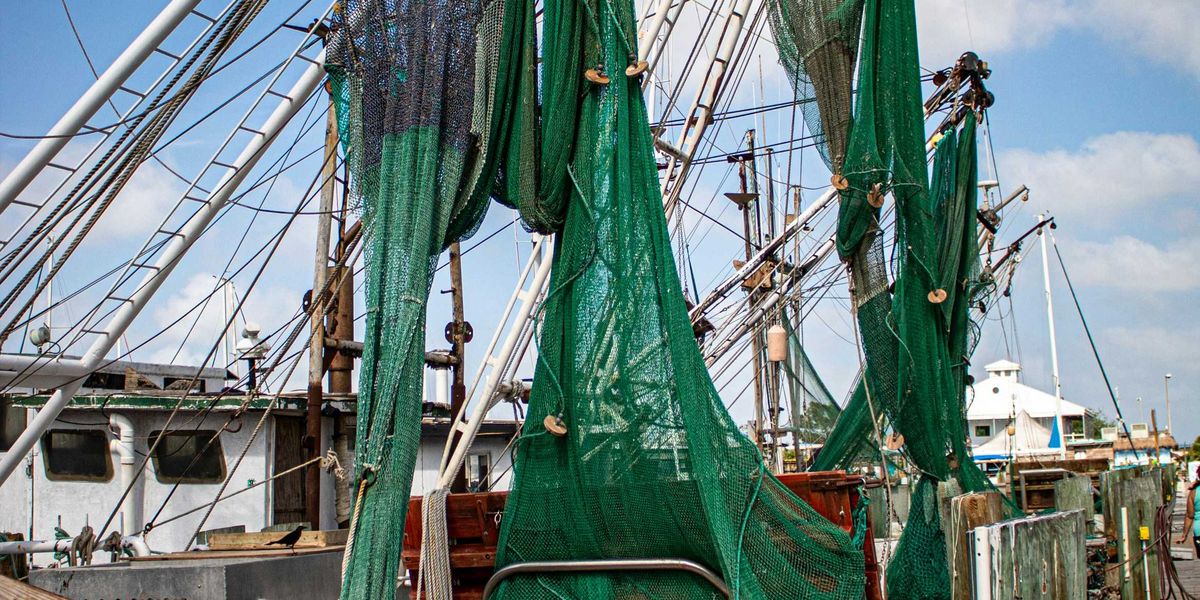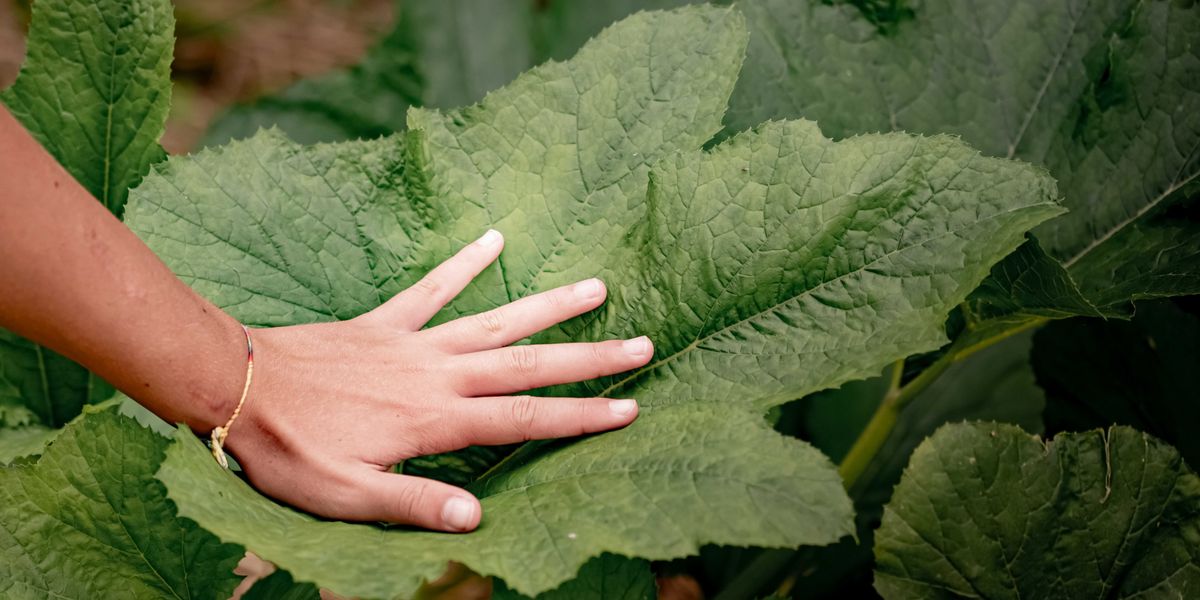genetic engineering
Rethinking our approach to zoonotic diseases in a changing world
Despite historical attempts to eliminate diseases, experts now suggest focusing on control and coexistence.
In short:
- Many diseases, like Lyme and malaria, cannot be eradicated due to their complex ecologies involving multiple hosts and vectors.
- Recent efforts focus on prevention, like using narrow-spectrum antibiotics in natural reservoirs and developing gene-edited mosquitos.
- Historical efforts to eradicate diseases, such as the Soviet campaign against plague, have largely failed and shifted to containment strategies.
Key quote:
"Shifting our resources — which are limited — to prevention and surveillance is the only way to go."
— Susan Jones, ecologist and historian at the University of Minnesota
Why this matters:
Understanding the complexity of zoonotic diseases indicates a need for sustainable prevention strategies rather than eradication. Read more: Cutting forests and disturbing natural habitats increases our risk of wildlife diseases.
Altering species to safeguard them
In a bid to save endangered wildlife, scientists explore "assisted evolution" techniques, challenging traditional conservation methods.
In short:
- Australia's unique wildlife faces extinction due to habitat degradation, invasive species, and climate change.
- Scientists propose altering animal genomes through techniques like crossbreeding and gene editing to enhance species' survival traits.
- Interventions like genetic rescue aim to increase genetic diversity and resilience in endangered populations.
Key quote:
"Let’s lean into that, not be daunted by it. My view is that 50 years from now, biologists and wildlife managers will look back at us and say, ‘Why didn’t they take the steps and the opportunities when they had the chance?’"
— Dan Harley, senior ecologist at Zoos Victoria
Why this matters:
As biodiversity declines globally, innovative approaches like assisted evolution offer hope for saving endangered species. However, ethical considerations and potential unintended consequences underscore the need for careful deliberation in implementing these strategies. Some innovators are looking to biomimicry to address sustainability challenges. Can they harness green chemistry to get it right?
The T-shirt chewing enzyme ready to tackle plastic waste
Genetically modified trees planted in U.S. forest for first time
How about them apples? Research orchards chart a fruit’s future
Scientists there are working on understanding the genetics that result in this bonanza of apple diversity, with the ultimate goal of improving the fruit in different ways — tastier, heartier, more disease-resistant and with longer shelf-life in the face of changing climates.









